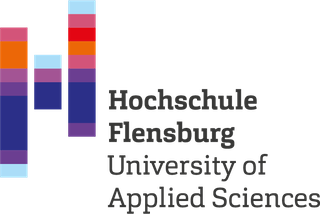Touch-basierte Navigation in 3D-Welten für unerfahrene Spieler
Madelung, M., Marszalek, J., Reinhold, S., & Teistler, M. (2017). Touch-basierte Navigation in 3D-Welten für unerfahrene Spieler. In Mensch und Computer 2017 - Tagungsband (S. 411–414). Regensburg: Gesellschaft für Informatik e.V. http://doi.org/10.18420/muc2017-mci-0367
